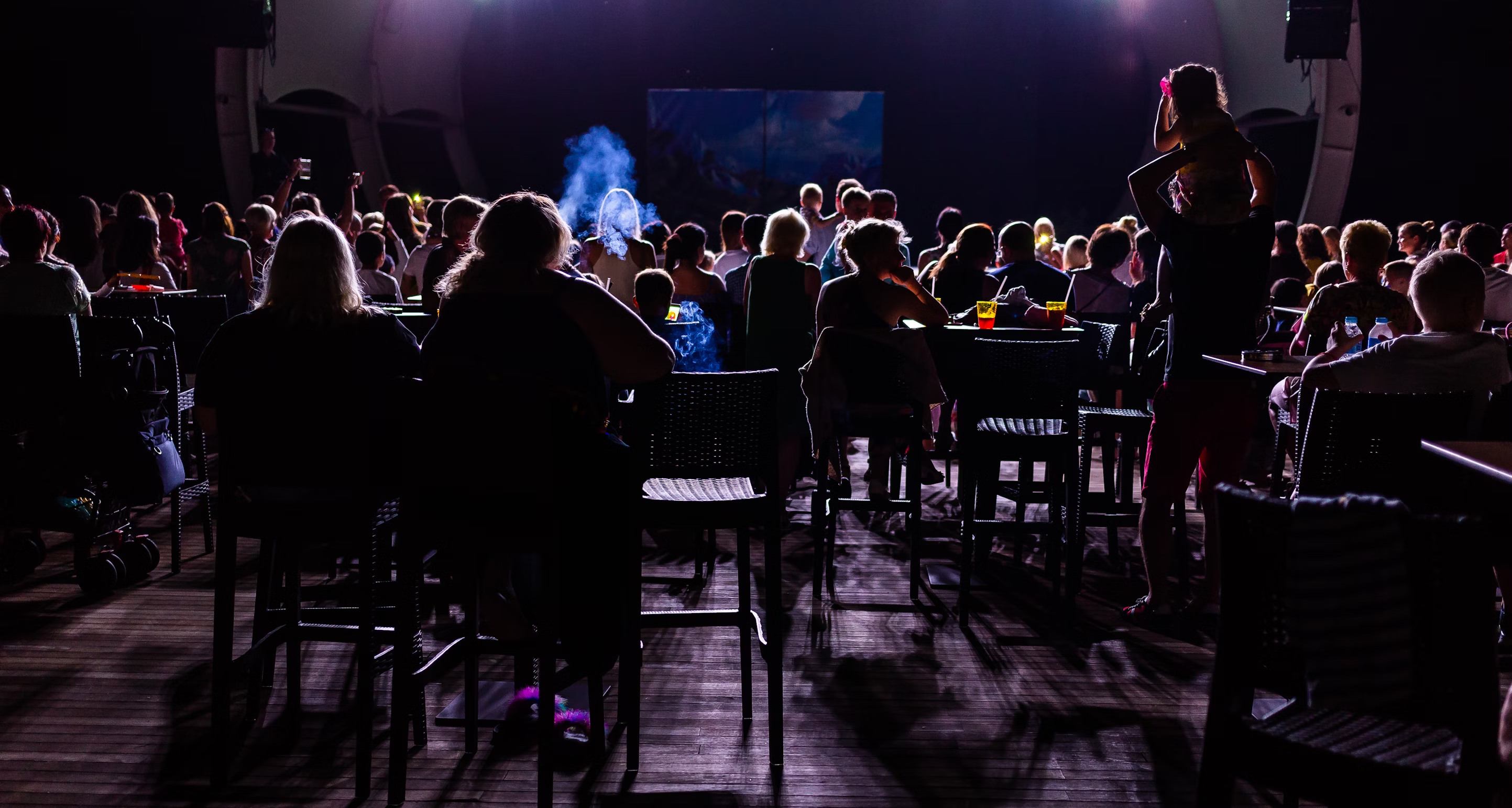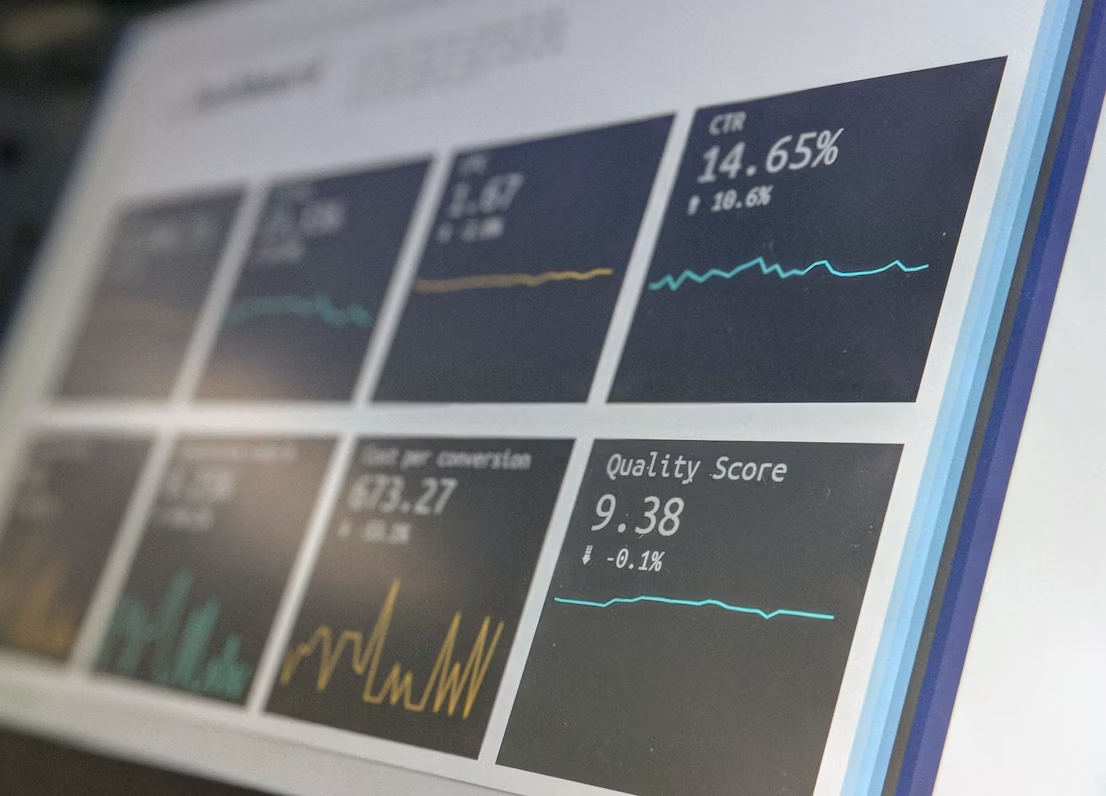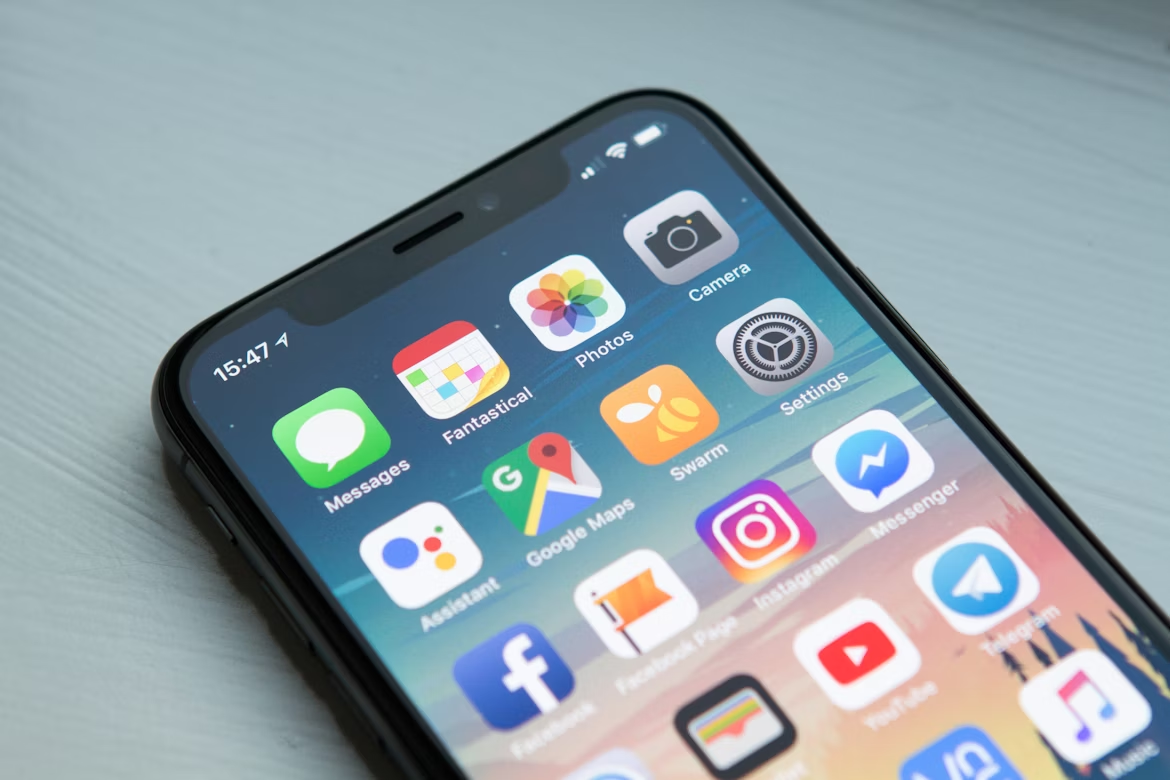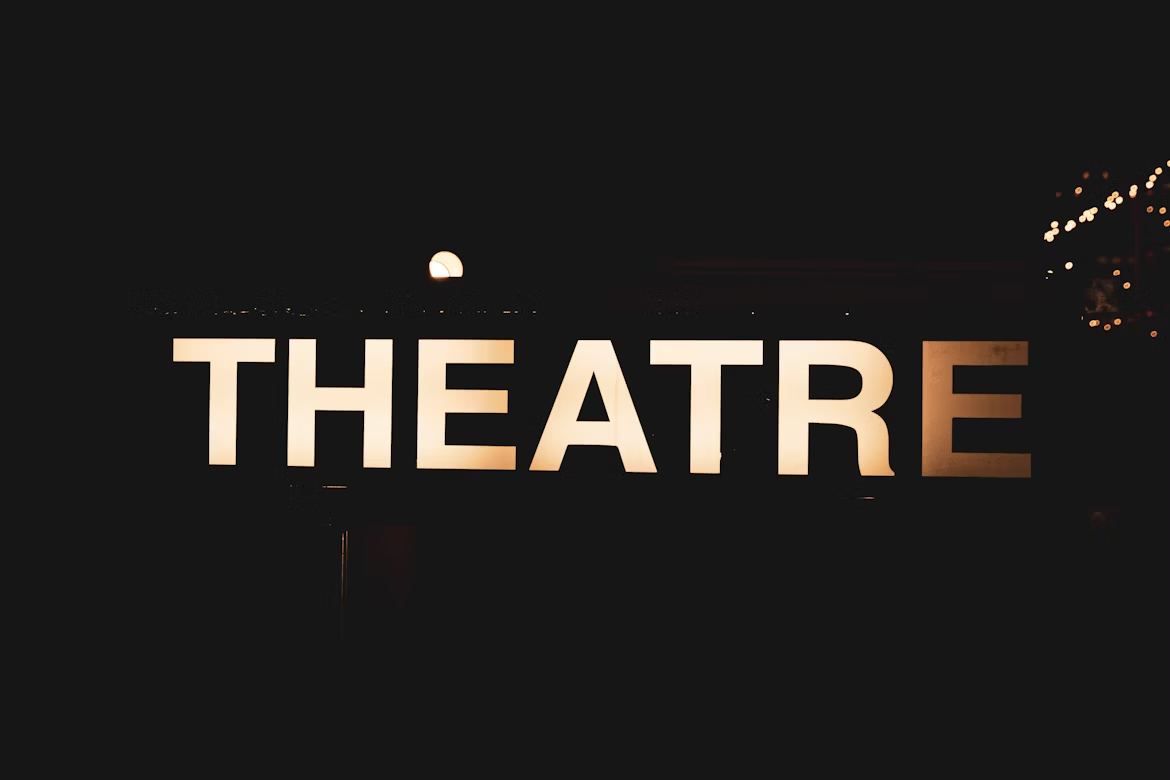Introduction – from cost center to growth engine
Ask any theatre manager about captioning or surtitles, and the first thing you’ll hear is often about cost. Paying translators, hiring operators, installing projection equipment, or subscribing to platforms like Captitles - these expenses can feel like yet another line item in an already stretched budget.
But here’s the overlooked truth: captioning doesn’t just cost money - it makes money. When done well, it opens new audiences, improves marketing visibility, and strengthens a theatre’s brand. In other words, captioning is not just an accessibility tool, but a strategic investment.
In this article, we’ll walk through real-world inspired case studies - from a 120-seat fringe venue to a 1,500-seat national opera house - to show how captioning can deliver measurable ROI.
Why ROI matters for captioning
Arts organizations increasingly need to justify every expense to boards, funders, and city councils. Accessibility, while ethically essential, is often seen as “unfunded mandate” rather than opportunity. But when captioning is reframed in economic terms, the picture changes:
- New ticket buyers – tourists, non-native speakers, schools, community groups.
- Repeat attendance – audiences who felt excluded before return regularly.
- Sponsorship & funding – grants and corporate sponsors value visible accessibility efforts.
- Marketing visibility – multilingual captioning improves search engine optimization (SEO) and social media reach.
- Long-term brand equity – positioning the theatre as inclusive builds loyalty.
With that framework, let’s examine case studies at different scales.
Case Study 1: The small community theatre (120 seats)
Profile:
- Venue: Independent fringe theatre, 120 seats.
- Typical audience: Local residents, mostly English-speaking, some immigrant communities nearby.
- Challenge: Struggled to fill seats for international productions during cultural festivals.
Captioning solution:
- Partnered with Captitles to display English surtitles for a Spanish-language visiting troupe.
- Used basic projection equipment already available for presentations.
Results:
- Ticket sales increased by 30% for captioned performances compared to non-captioned ones.
- The theatre attracted local Spanish-speaking families, who previously never attended.
- Local press covered the “inclusive theatre initiative,” giving free PR.
ROI analysis:
- Cost: ~$500 for translation and operator support.
- Additional ticket revenue: $2,200 (30% increase across 4 shows).
- Long-term: Gained partnerships with local cultural associations, leading to repeat rentals.
Lesson: For small theatres, captioning can quickly pay for itself, especially when tied to community or cultural events.
Case Study 2: The regional repertory theatre (450 seats)
Profile:
- Venue: Repertory theatre in a mid-sized city.
- Typical audience: Loyal subscribers, aging demographics, some schools and tourists.
- Challenge: Declining subscriptions, difficulty attracting younger audiences.
Captioning solution:
- Implemented captioned matinees for school groups and multilingual surtitles for selected evening shows.
- Promoted captioning as part of an “accessible season.”
Results:
- School bookings increased by 40%, citing captions as making Shakespeare and Chekhov more approachable.
- Partnered with local tourism office to market captioned performances to German and French visitors.
- Audience surveys showed captioned performances scored 15% higher in satisfaction than non-captioned ones.
ROI analysis:
- Cost: $5,000 investment in screens and software, plus translation per show.
- Additional revenue: $18,000 from increased school bookings, plus ~$10,000 from new tourist sales.
- Net gain in first season: ~$23,000.
Lesson: Regional theatres can use captioning strategically to grow two underserved markets: schools and tourists.
Case Study 3: The metropolitan opera house (1,500 seats)
Profile:
- Venue: National opera company, 1,500 seats.
- Typical audience: Mix of elite patrons, international tourists, students.
- Challenge: Opera in original languages alienated casual audiences. Need to show commitment to accessibility for public funding.
Captioning solution:
- Installed multi-language captioning system via Captitles, accessible on personal devices.
- Offered surtitles in English, Spanish, and Mandarin.
- Promoted as part of “Opera for Everyone” initiative.
Results:
- International ticket sales increased by 22%, particularly in summer tourist season.
- Corporate sponsor signed on specifically to support accessibility initiatives, worth ~$250,000 annually.
- Opera made headlines as one of the most “inclusive cultural venues” in the country.
ROI analysis:
- Initial investment: $100,000 (multi-language system, licensing, translations).
- Annual benefits: $400,000+ (new ticket revenue and sponsorship).
- Payback time: less than 1 year.
Lesson: At large scale, captioning is not just about accessibility — it’s a major revenue driver and sponsorship attractor.
Cross-cutting benefits beyond money
Across all three scales, theatres reported intangible but important gains:
- Better press coverage – Accessibility efforts often earn positive local and national media.
- Audience goodwill – Patrons who feel included are more loyal.
- Diversity & inclusion – Captioning makes theatres relevant to younger, socially-conscious audiences.
- Funding eligibility – Many grants now require accessibility components.
How to measure ROI in your own theatre
If you’re considering captioning, here’s how to set up your own ROI model:
- Baseline attendance – Record current ticket sales for shows without captions.
- Pilot captioned performance – Track attendance, demographics, and satisfaction.
- Revenue uplift – Compare against baseline.
- Cost tracking – Include translations, software, operator time, equipment.
- Indirect gains – Note new partnerships, media coverage, sponsorship leads.
Even a modest 5–10% attendance uplift often covers costs — especially for shows with tourist or school appeal.
The role of Captitles in ROI
Captitles simplifies captioning logistics with:
- Cloud-based surtitles software – no need for expensive hardware.
- Multi-language options – ideal for tourist markets.
- Captions to simultaneous interpretation – captions delivered as audio, broadening accessibility further.
- Analytics & integrations – track how captioning is used, making ROI reporting easier.
This makes it easier for theatres of all sizes to experiment and scale captioning without massive upfront costs.
Conclusion – captioning as smart investment
Theatre managers can no longer afford to see captioning as a “compliance cost.” It is a growth tool, opening seats to audiences who were previously excluded. From a 120-seat fringe theatre to a 1,500-seat opera house, the numbers tell the same story: captioning pays back, often faster than expected.
For boards, funders, and directors under pressure to prove impact, captioning offers something rare — a clear return on investment that combines financial growth with cultural mission.
Empty seats cost money. Captioning fills them.









